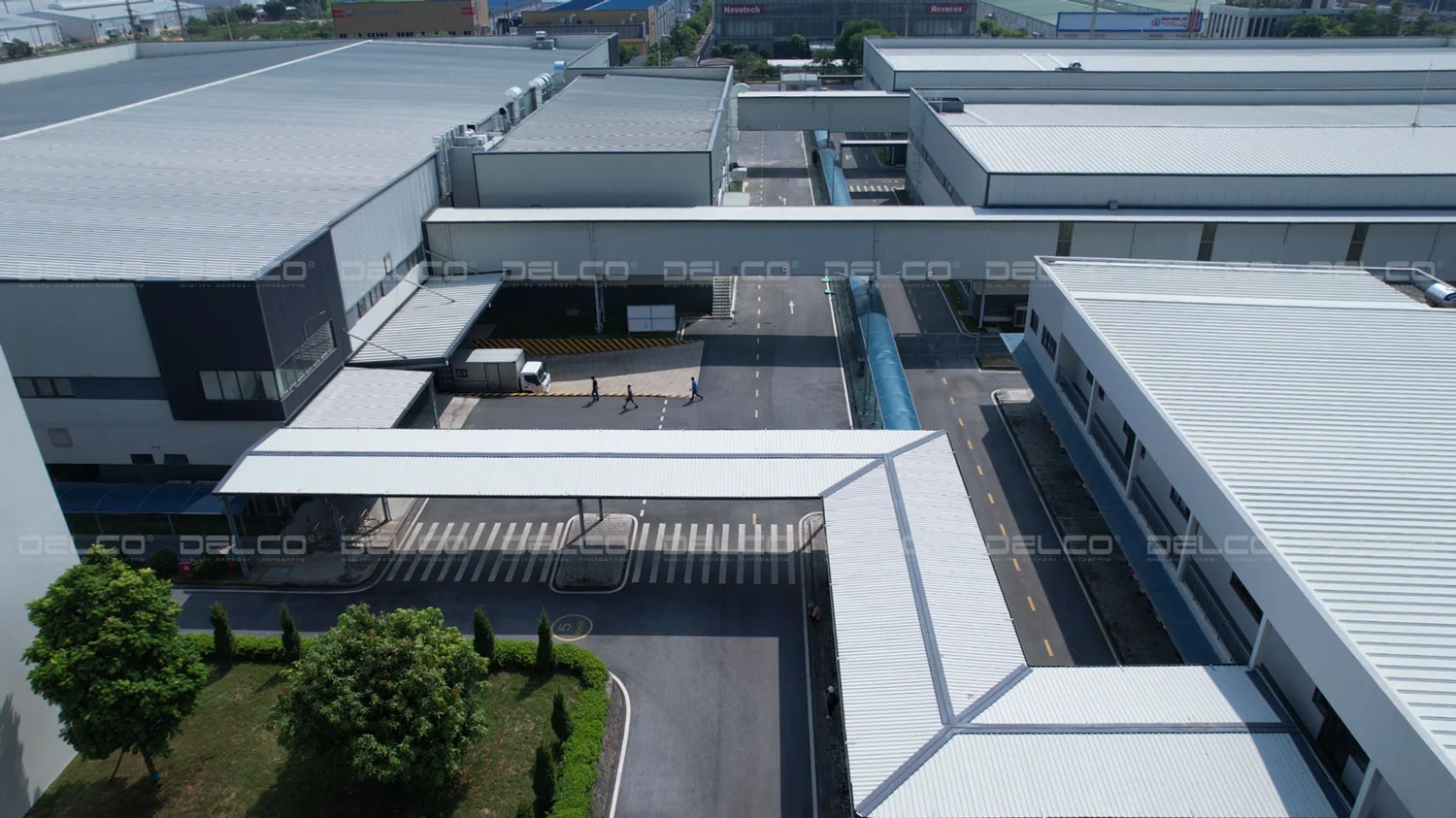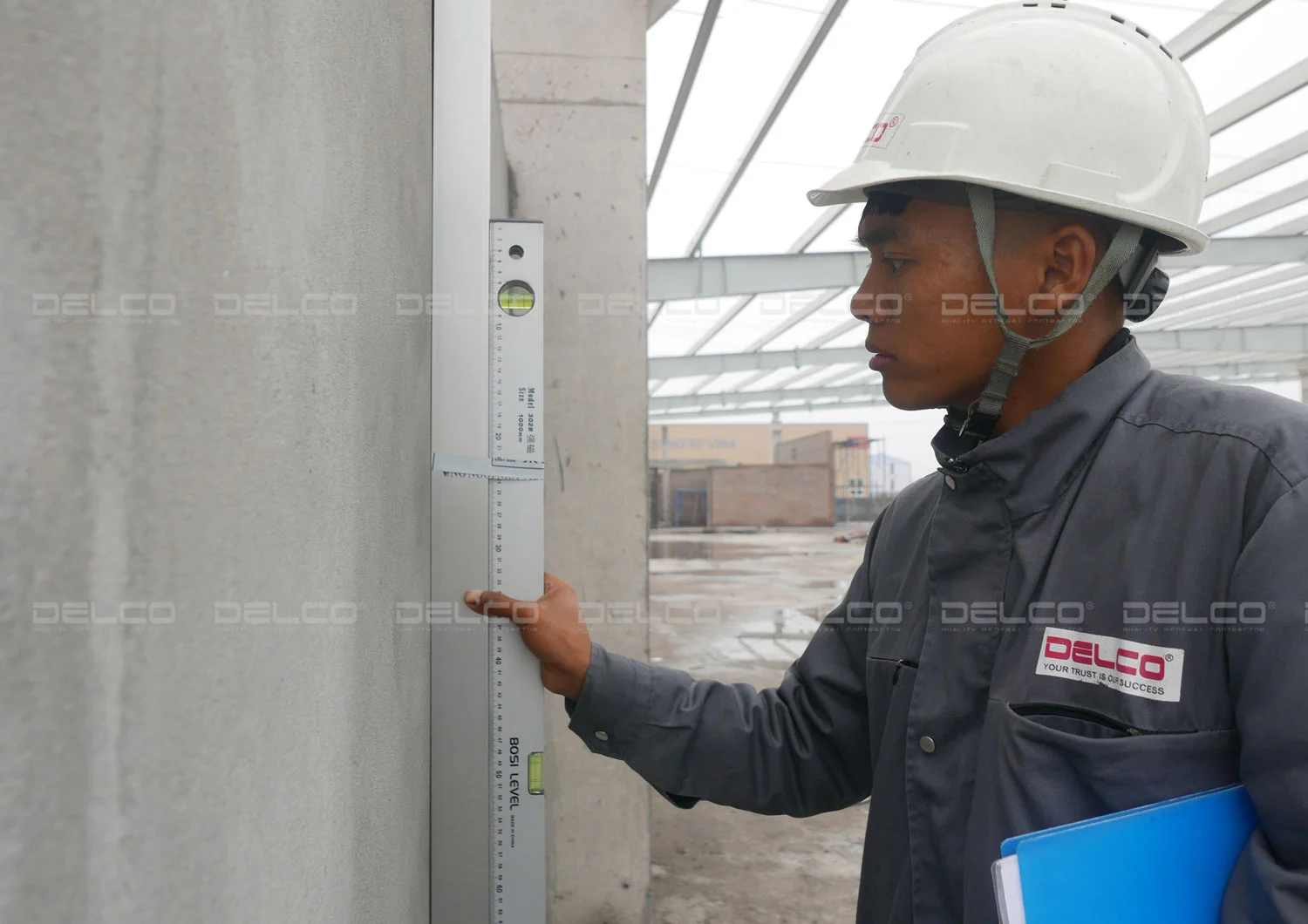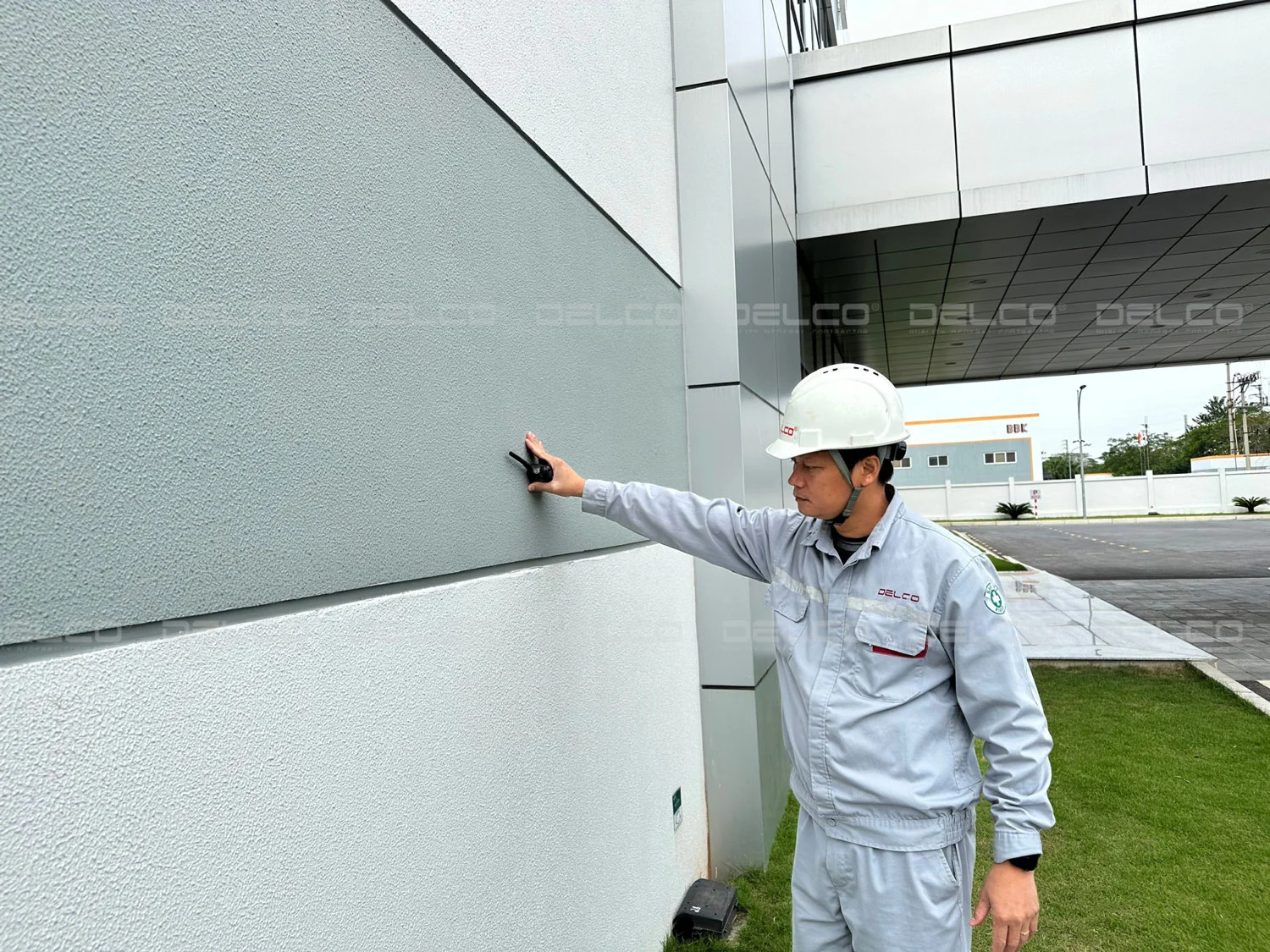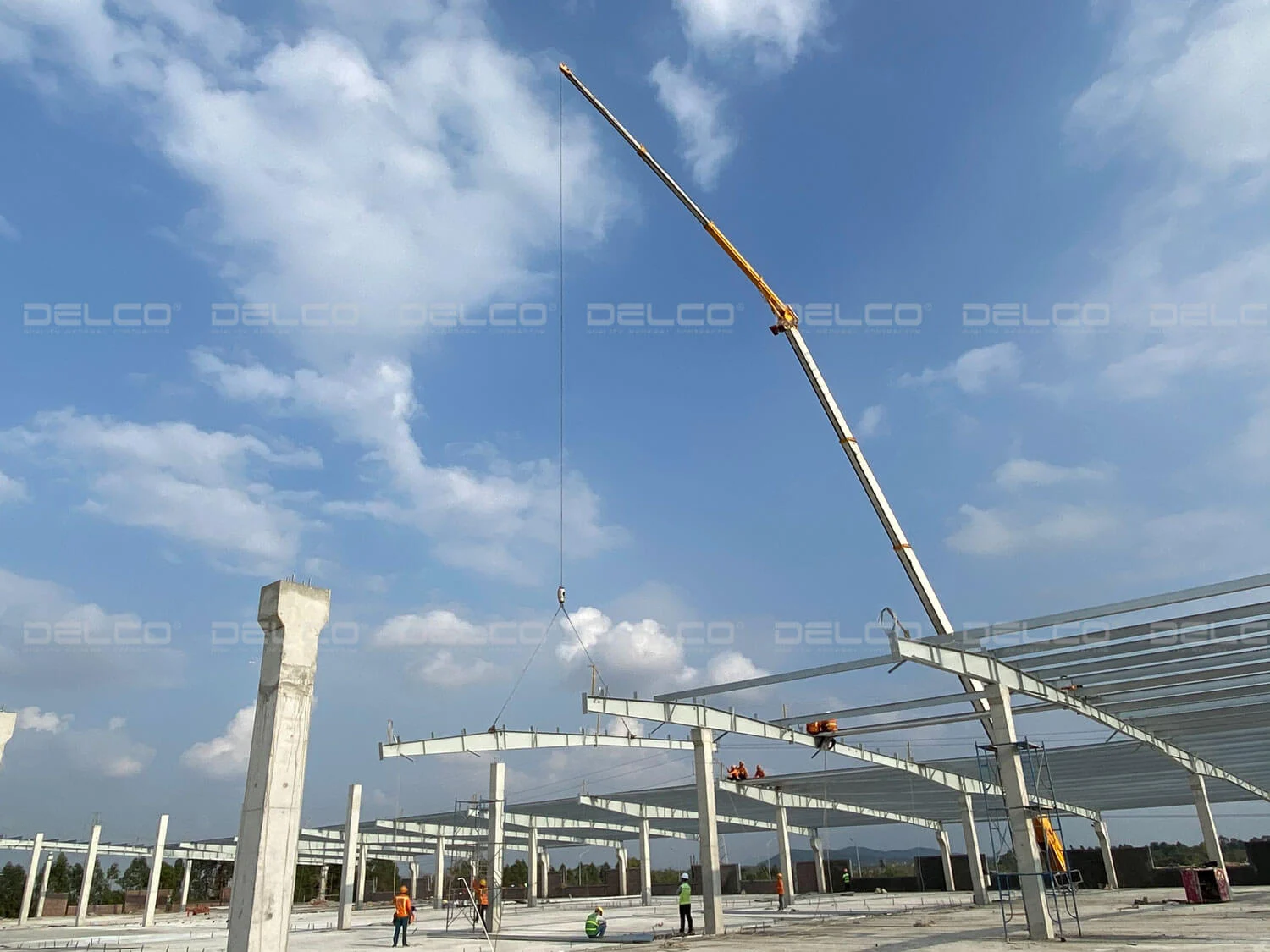More and more investors are choosing solar power when building industrial factories. Integrating solar energy into factory design is not simply adding another technical system, but it also impacts architectural design, structural solutions, and the construction process itself.
Solar power trends in factories
As energy costs continue to rise and sustainability requirements become increasingly stringent, solar power is emerging as a top choice for many investors. Factories utilizing renewable energy from solar power not only significantly reduce operating costs but also meet green standards and lower carbon emissions – a major advantage when exporting products to high-standard markets such as the EU, the US, and Japan.
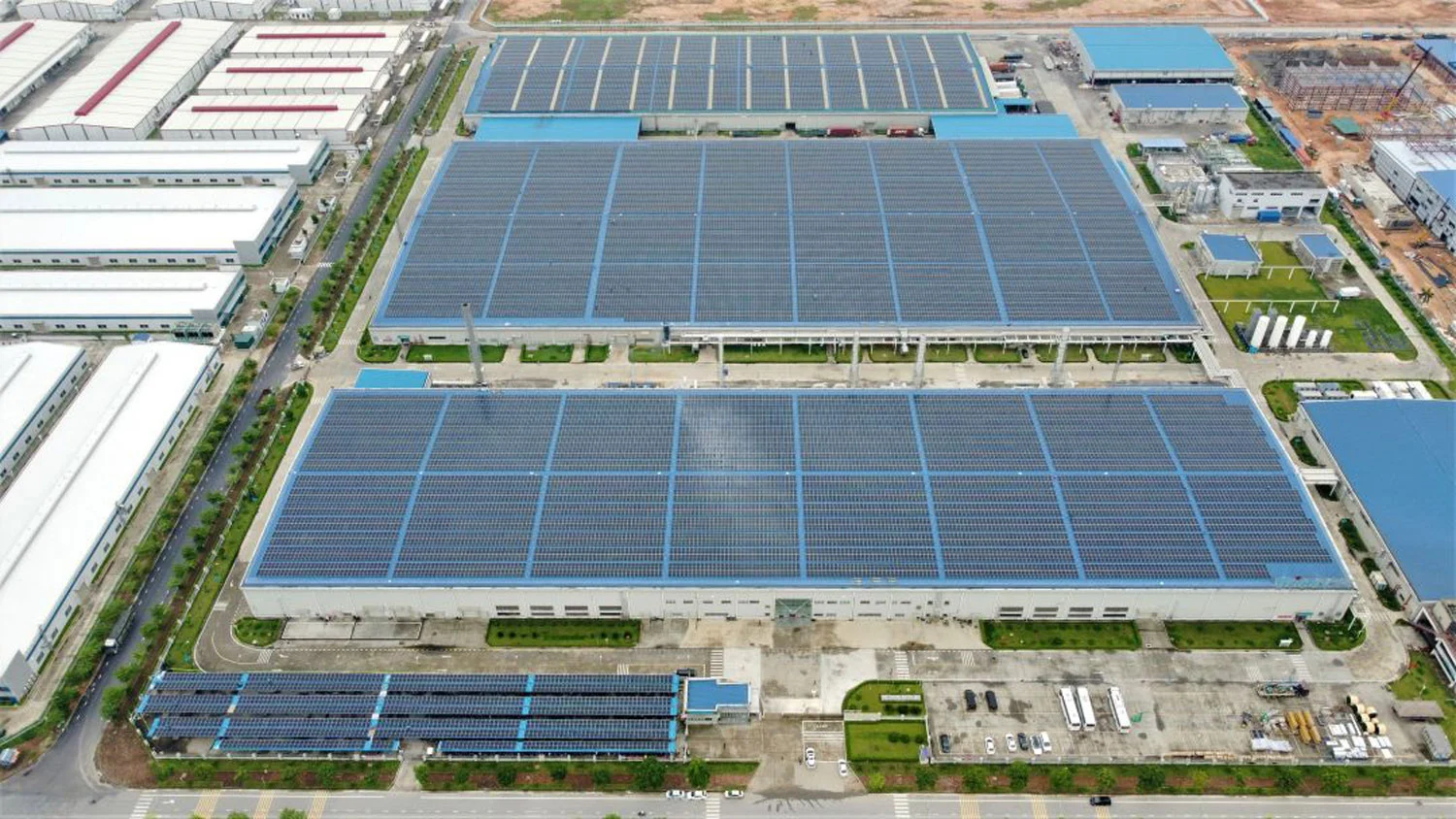
According to the Ho Chi Minh City Export Processing Zone and Industrial Park Enterprises Association, installing solar power helps factories save at least 30% of monthly electricity costs.
Adjusting architecture and structure when installing solar systems
Roof structure and load capacity
Solar panels, mounting frames, aluminum rails, bolts, ballast, etc. add a load of 15–25 kg/m² depending on the system type. Although not too heavy, this additional load still puts pressure on the factory roof. Therefore, it is necessary to calculate foundations, trusses, and purlins to ensure load-bearing capacity during installation. For existing factories, a thorough structural survey must be conducted; if the roof does not meet requirements, reinforcement is required before installation.
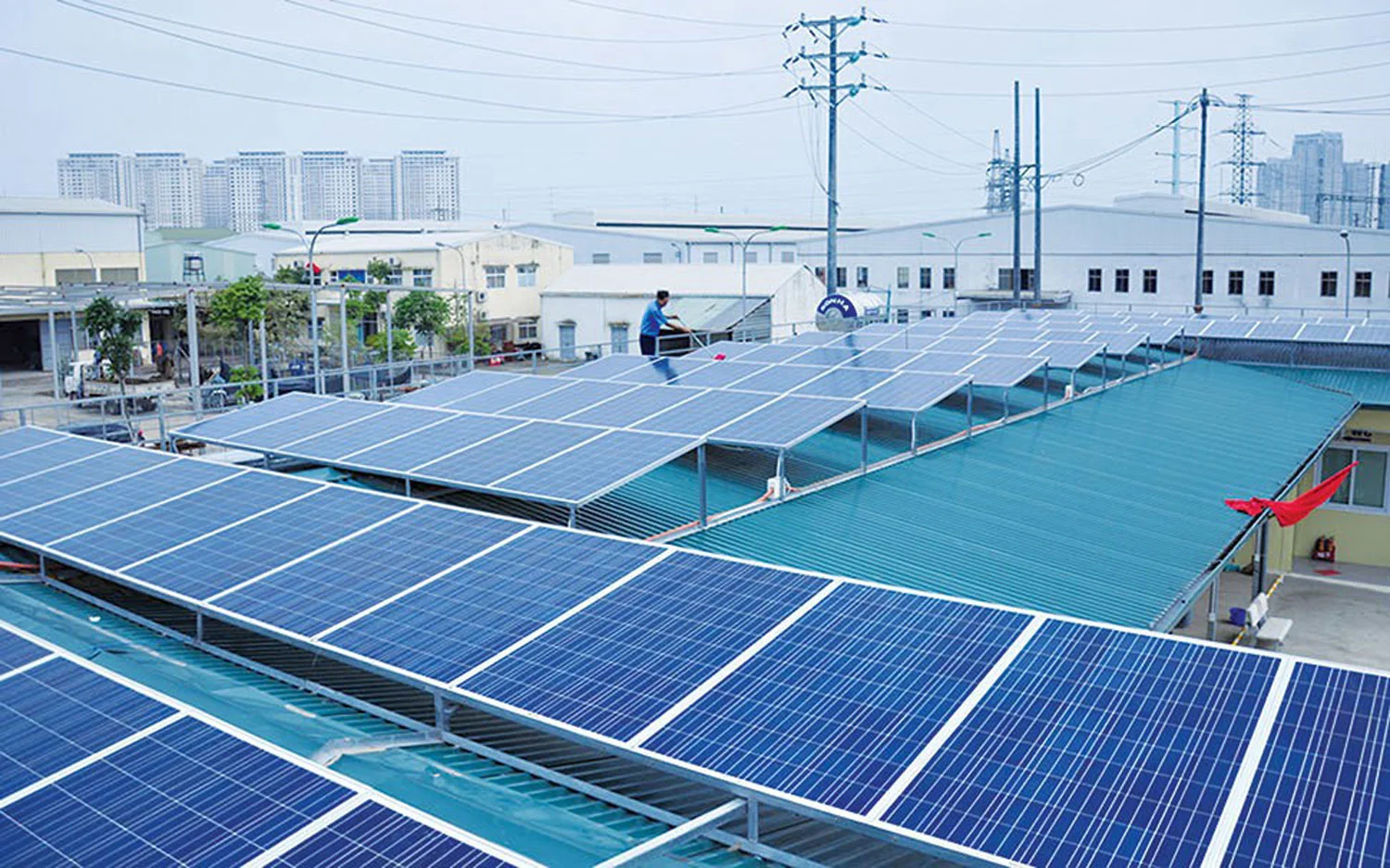
During the design of factory electrical systems to integrate solar power, metal roofs tend to be heavier and more stable against storms. However, the prerequisite is that solar panels must be securely fixed to the roof and support frames using clamps, bolts, and properly engineered support systems. If connections are not ensured, large solar panels may act like “sails” catching the wind, causing roof damage or structural failure.
Architectural design and building envelope with integrated solar power
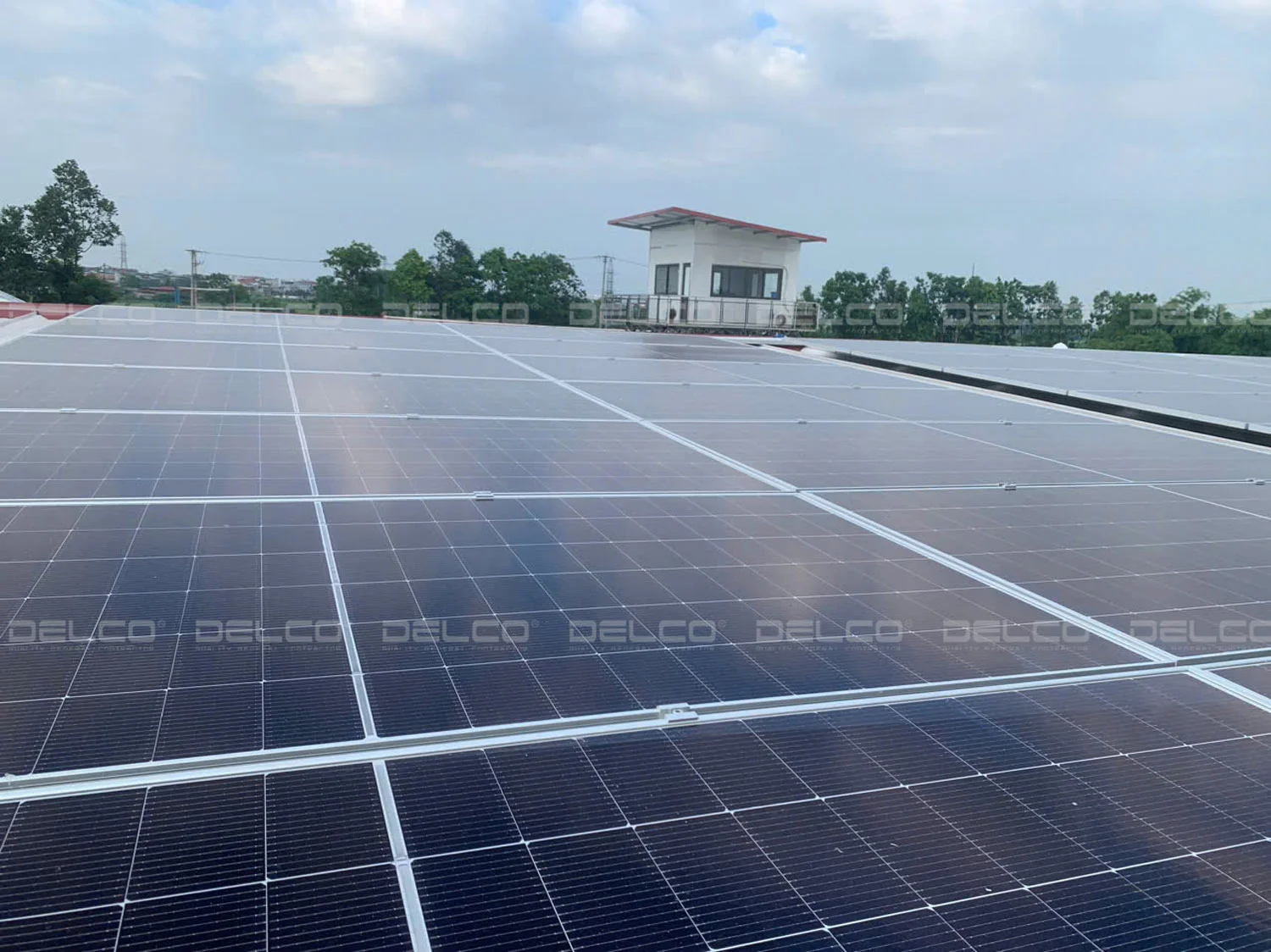
Installing solar energy into the roof design at DELCO’s high-tech farm in Bac Ninh.
In factory design, solar panels are typically installed directly into the roof, with a recommended tilt angle of about 10–15 degrees for optimal efficiency. When the roof slope matches the panel angle, the factory achieves a neat, harmonious look, while continuous rows of panels also create a modern architectural highlight. In some cases, panels can be arranged at a steeper tilt and separated into rows – this improves energy capture but requires careful consideration of overall aesthetics.
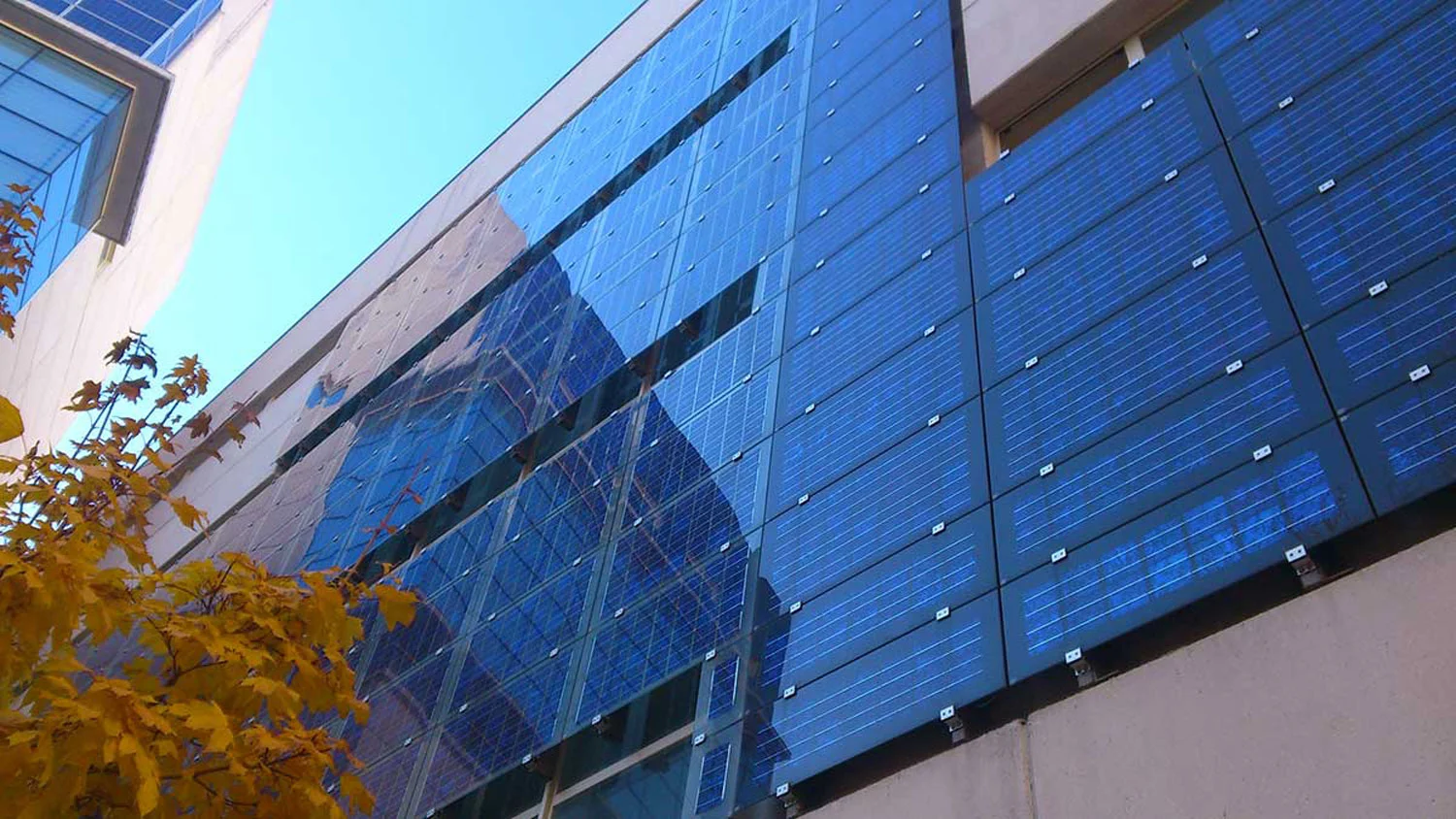
Building Integrated Photovoltaics (BIPV) is becoming a strong trend in sustainable architecture. This technology allows solar panels to become part of the building envelope, replacing traditional construction elements such as roofs, skylights, facades, canopies, or curtain walls. When integrated right from the design stage, BIPV not only provides energy benefits but also helps shape architectural form, achieving a balance between aesthetics and functionality.
See more: 4 key considerations when integrating solar energy into factory MEP systems
See more: Green factory design trends in Vietnam
See more: DELCO cooperates with VSUN Solar in a project in Bac Ninh


